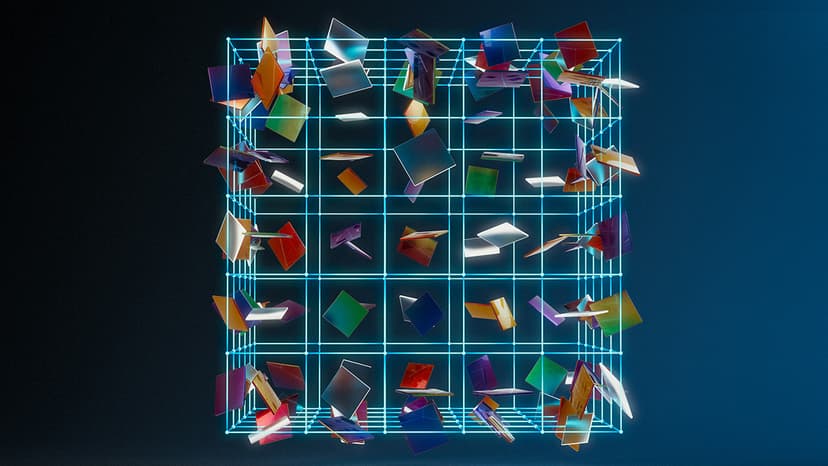Rent vs Buy GPU: Making The Right Choice For ML Projects
Like many others working on machine learning projects, I've faced the tough decision between renting GPUs from cloud platforms or buying my own hardware. After years of trying both options, here's my take on what works best in different situations.
Cost Breakdown: Rental vs Purchase
When looking at rental options, prices can range from \$0.30 to \$3 per hour for popular GPU models. Taking the NVIDIA A100 as an example, cloud rentals cost around \$2.50-\$3.00 per hour. Over a month of constant use, that adds up to \$1,800-\$2,200.
Buying the same GPU would cost roughly \$10,000-\$12,000 upfront. This means you'd need to use it steadily for 5-6 months before the purchase becomes cheaper than renting. Don't forget to factor in electricity costs, which can add \$50-100 monthly to your expenses.
When Renting Makes Sense
Short-term projects are perfect for GPU rentals. If you need to train a model for a few weeks or months, renting gives you flexibility without a big upfront investment. You can also switch between different GPU types based on your needs.
Testing and experimentation phases work well with rentals too. You might want to try different GPU models to find the best fit for your workload. Renting lets you do this without committing to expensive hardware.
Smaller teams and individual developers often benefit from renting. They can access high-end GPUs without stretching their budgets too thin. Plus, they don't need to worry about maintenance or upgrades.
Benefits of Buying Your Own GPU
Long-term projects usually justify buying GPUs. If you plan to work on ML projects continuously for over 6 months, owning hardware typically costs less than renting.
Having your own GPU means no internet connection issues or latency problems. This can be crucial for time-sensitive tasks or when working with large datasets.
You get complete control over your hardware setup. You can customize cooling, overclock when needed, and optimize your whole system for specific workloads.
Hidden Costs to Consider
When buying, factor in these extra costs:
- Cooling systems and proper ventilation
- Power supply upgrades
- Maintenance and potential repairs
- Insurance for expensive equipment
- Backup solutions
Rental platforms might charge for:
- Data transfer fees
- Storage costs
- Support services
- Premium features
- Reserved instance contracts
Popular Rental Platforms
Several platforms offer GPU rentals with different pricing models:
- Saturn Cloud (https://saturncloud.io)
- Brev.dev (https://www.brev.dev/)
- Lambda Labs (https://lambdalabs.com/service/gpu-cloud)
- Vast.ai (https://vast.ai)
- RunPod (https://runpod.io)
- Paperspace (https://paperspace.com)
Each platform has its strengths. Lambda Labs offers simple pricing, Vast.ai tends to be cheaper but less stable, RunPod focuses on ease of use, and Paperspace provides good development tools.
Making Your Decision
Start by calculating your monthly GPU usage hours. Multiply this by the hourly rental rate and compare it to the purchase price plus running costs.
Consider your project timeline. Will you need GPUs for more than 6 months? Do you have other projects lined up? Longer usage periods favor buying over renting.
Think about your technical needs. Do you require different GPU types for various projects? Renting might give you more flexibility. Need consistent access and low latency? Buying could be better.
Check your workspace setup. Can you handle the heat, noise, and power requirements of a high-end GPU? If not, renting might save you from infrastructure headaches.
My Personal Experience
I started with rentals while learning ML, which helped me experiment without big investments. Once my projects grew more serious, I bought a RTX 3090 for regular use but still rent A100s for specific tasks that need more power.
This mixed approach works well for me. I use my own GPU for development and testing, then scale up with rentals when needed. It gives me the best of both worlds: reliable local hardware and access to more powerful GPUs when required.
Final Thoughts
Your choice between renting and buying GPUs should match your specific needs. Short-term projects and experimentation work well with rentals. Long-term, consistent usage makes buying more cost-effective.
Many developers end up using both options as their needs change. Start small with rentals if you're unsure, then consider buying once you have a clear idea of your long-term requirements.












